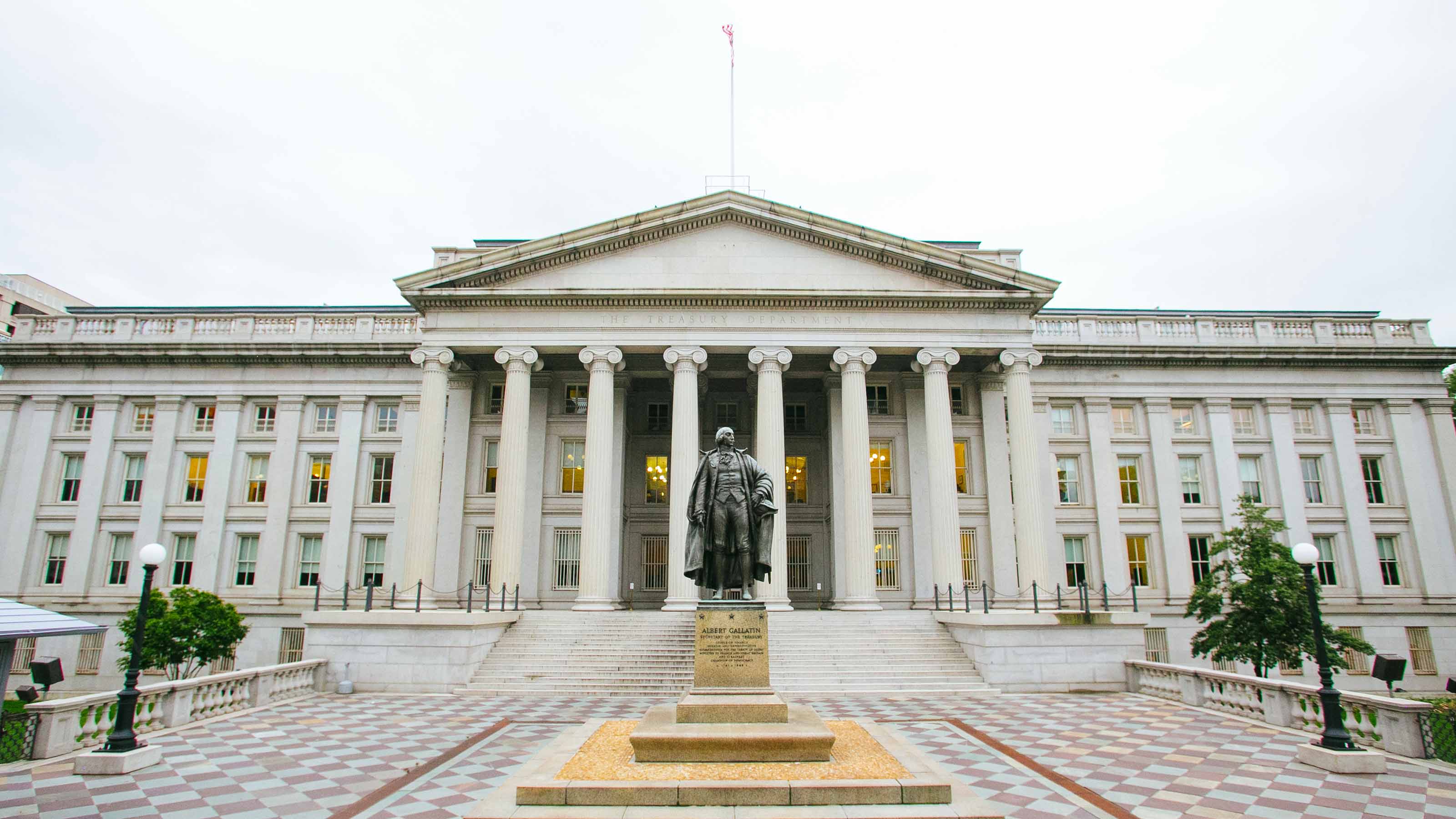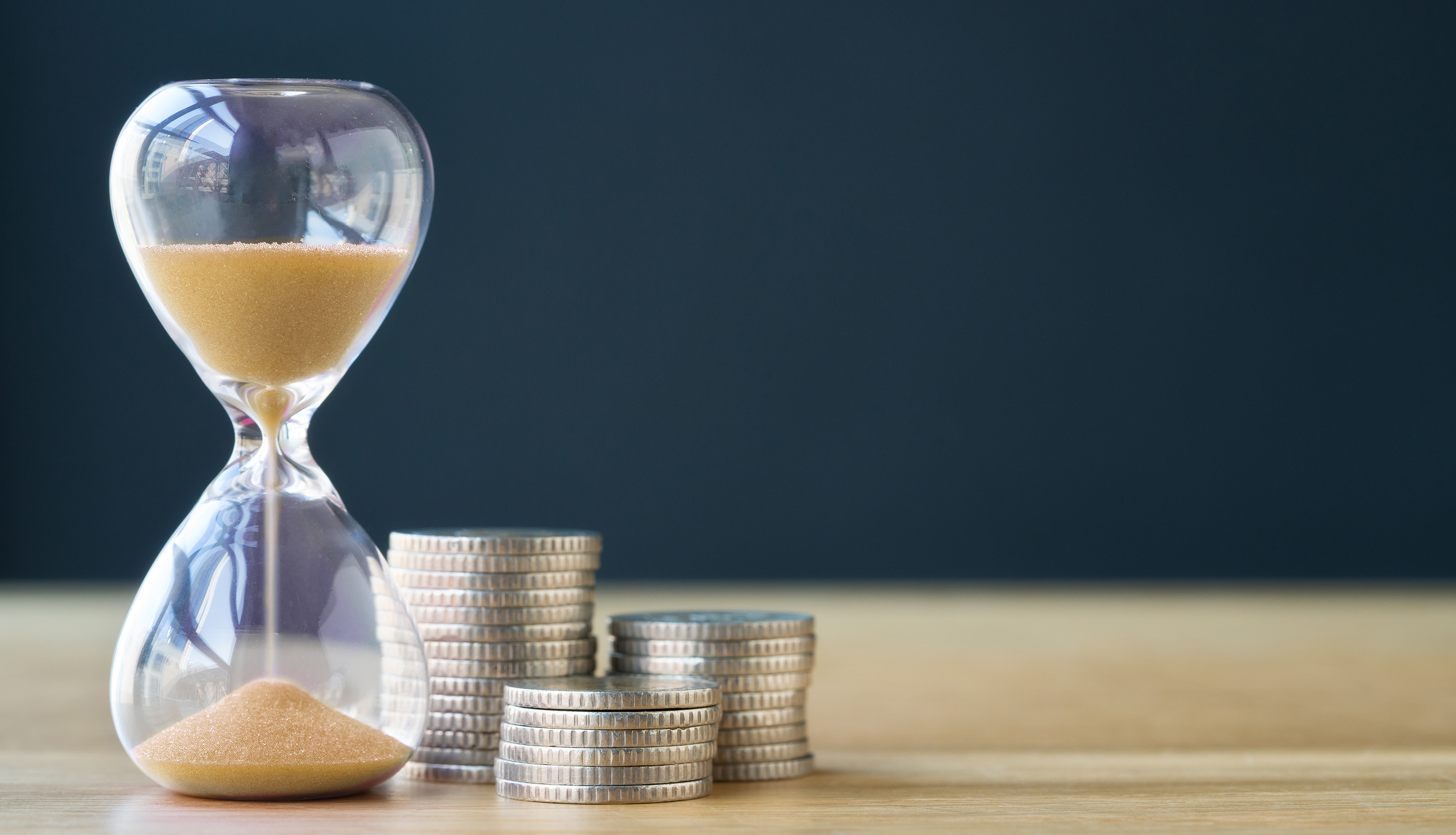The No-Stock Portfolio
Try these investments to earn a decent return with less risk.

I'm starting to lose count of how many financial planners and investment advisers have been telling me lately what a great time this is to buy stocks. You've probably heard their basic argument: Share prices are cheap relative to earnings, cash dividends, historical growth rates and various arcane yardsticks. If you invest at these levels, or at least stick by your bullet-riddled stocks and mutual funds, say the pros, your fortitude will pay off by 2010, maybe even sooner.
Many of these same experts are quick to howl that Treasury bonds, the most-successful investments of 2008, are massively overpriced. With one-month Treasury bills yielding virtually nothing and ten-year Treasury notes paying a scant 2.5%, the government has switched from offering low-risk investments to providing cold storage. I cannot recommend that anyone buy Treasury securities at these rates.
| Row 0 - Cell 0 | Six Reasons to Buy Stocks Now |
| Row 1 - Cell 0 | Investing Outlook 2009 |
The orthodox response to this year's awful market is to stick with stocks (see Six Reasons to Buy Stocks Now), best accomplished by investing monthly or quarterly. Automatic buying frees you from panic-selling and rushed bandwagon-buying. Don't worry about picking among growth stocks and value stocks, big companies and small companies, foreign and domestic, industrial stocks and consumer stocks. Just about everything is cheap.
From just $107.88 $24.99 for Kiplinger Personal Finance
Become a smarter, better informed investor. Subscribe from just $107.88 $24.99, plus get up to 4 Special Issues

Sign up for Kiplinger’s Free Newsletters
Profit and prosper with the best of expert advice on investing, taxes, retirement, personal finance and more - straight to your e-mail.
Profit and prosper with the best of expert advice - straight to your e-mail.
If you believe in "reversion to the mean" (the idea that extremes balance out), such blue chips as AT&T (symbol T), Caterpillar (CAT) and General Electric (GE) look like no-brainers. Their prices are 30% to 60% below their five-year highs and 30% to 40% lower than they were one year ago.
An exchange-traded fund, WisdomTree Total Dividend (DTD), gives you a cross-section of battered blue chips and pays a current dividend yield of 4.6%, nearly two percentage points more than what a ten-year Treasury IOU pays. Over the past few weeks, I bought DTD on four different occasions, 100 shares at a time whenever the Dow industrials fell by triple-digit amounts.
Yet I respect that many of you would like to earn a decent return without tying your fortunes to stocks. This may sound like trying to eat meat without harming any livestock, and if you've tried tofu turkey or soy-protein bacon, you've probably concluded that you should either eat the real thing or forswear the idea of meat in disguise.
But the more I think about it, the more comfortable I've gotten with the notion that it is possible to earn respectable money without holding common stocks. Low or nonexistent inflation, tax advantages, high yields, a strong dollar and the collapse of real estate and commodity prices are on your side. T-bills and CDs aren't your only options.
So, here's my Tofurky Portfolio. It looks like the real thing but it's not as risky, and I hope you'll find it just as tasty.
Blue-chip IOUs (15% of your assets). Do it with high-quality corporate bonds, which are sporting unusually generous yields. One of my favorite pickups recently was a Wal-Mart bond maturing in 2038 with a 6.2% coupon. I bought the bond, rated AA by Standard & Poor's, for 98 cents on the dollar. Today, it's trading at 105 cents on the dollar. The bond cannot be called, which means that Wal-Mart cannot redeem it before maturity should interest rates go lower.
Maybe Wal-Mart's stock will return more than 6.2% a year for the next 30 years, but it hasn't done squat for the last ten. If Wal-Mart's business remains sound but doesn't grow as fast as the company did in its heyday, the bond offers comparable returns but with less risk. Look at the bonds of other famous companies, and you'll see that the Wal-Mart issue is only one of many possibilities.
Real estate investment trust preferreds (15%). REIT preferreds, like REIT common stocks, have been clobbered this year. A mutual fund that specializes in REIT preferreds, Grubb & Ellis AGA Realty Income Fund (GBEIX), debuted at $10 in July and is now at $5.65.
Preferreds' edge is that their holders get their dividends before the common stockholders get theirs. Most REIT preferreds are callable, but not for a year or two, and besides, what REIT would redeem for $25 preferred shares that are trading for $15 to $17?
With their depressed prices, preferred REITs are sporting wild yields. Try 13% from the preferreds of Alexandria Real Estate Equities (ARE), a REIT that houses biotech and scientific facilities. The yield is the same for the preferred of Corporate Office Properties Trust (OFC), which, not surprisingly, owns offices. Go down the list of REIT preferreds on the New York Stock Exchange and you can spread your money around all kinds of properties.
Energy (15%). Oil, gas and coal prices have plunged more than the broad stock averages, and to most of us, that's just fine. Who wants to cough up $100 to fill up an SUV? Who can? But oil and natural-gas prices may have sunk too low. They will rebound. Two exchange-traded funds -- U.S. Oil Trust (USO) and U.S. Natural Gas Fund (UNG) -- follow the price of these commodities to the upside as well as the down and are simpler to understand than futures and partnerships. They aren't perfect, but neither are the shares of Exxon and Schlumberger.
Tax-free income (15%). For reasons I could take five screens to explain, tax-exempt bonds are unbelievably cheap. Here's what I mean: Buy a ten-year Treasury and you get 2.5%, taxable at your marginal federal income-tax rate. A typical ten-year state or local municipal bond with a top credit rating yields more than 4% and sometimes more than 5%. That's quite an advantage.
Gold (5%). I've never loved the stuff. My friend and colleague Bob Frick laid out the case against it in a recent Kiplinger.com article, Is Gold Right for You?. But if you insist on holding some yellow metal, use iShares Comex Gold Trust (IAU), a neat ETF that tracks the price of gold. You needn't store coins or wonder whether a dealer is legit or overcharging you.
A rank speculation (5%). Junk bonds are yielding 20 percentage points more than Treasury securities of the same maturity. You can't buy a new junk-bond issue nowadays because nobody is actually issuing junk debt, only trading a dwindling supply of existing bonds.
But if you bravely step into one of the more respectable junk-bond mutual funds, such as Northeast Investors Trust (NTHEX), you can obtain a diversified package of low-grade bonds that yields about 13%. If you're lucky, junk-bond prices will stop sinking and you'll at least earn that fat yield -- and perhaps some capital appreciation, once investors start sensing that we're not heading into a depression.
Add all of the above to your holdings in CDs, Treasury inflation-protected securities, high-yield online savings deposits, and short-term U.S. government-agency bonds, and you are fully exposed to all the food groups of U.S. financial markets without owning any common stocks. I said no stocks and I meant it.
This improbable portfolio lost about 15% in 2008 through December 15 -- hardly a terrific result. But investments such as preferreds and gold and corporate bonds have also produced double-digit up years. Just because you don't own stocks doesn't mean you have to abandon all hope for growth and solid dividends.
Profit and prosper with the best of Kiplinger's advice on investing, taxes, retirement, personal finance and much more. Delivered daily. Enter your email in the box and click Sign Me Up.

Kosnett is the editor of Kiplinger Investing for Income and writes the "Cash in Hand" column for Kiplinger Personal Finance. He is an income-investing expert who covers bonds, real estate investment trusts, oil and gas income deals, dividend stocks and anything else that pays interest and dividends. He joined Kiplinger in 1981 after six years in newspapers, including the Baltimore Sun. He is a 1976 journalism graduate from the Medill School at Northwestern University and completed an executive program at the Carnegie-Mellon University business school in 1978.
-
 Forget FIRE: Why ‘FILE’ Is the Smarter Move for Child-Free DINKs
Forget FIRE: Why ‘FILE’ Is the Smarter Move for Child-Free DINKsHow shifting from "Retiring Early" to "Living Early" allows child-free adults to enjoy their wealth while they’re still young enough to use it.
-
 7 Tax Blunders to Avoid in Your First Year of Retirement
7 Tax Blunders to Avoid in Your First Year of RetirementA business-as-usual approach to taxes in the first year of retirement can lead to silly trip-ups that erode your nest egg. Here are seven common goofs to avoid.
-
 How to Plan for Social Security in 2026's Changing Landscape
How to Plan for Social Security in 2026's Changing LandscapeNot understanding how the upcoming changes in 2026 might affect you could put your financial security in retirement at risk. This is what you need to know.
-
 The Most Tax-Friendly States for Investing in 2025 (Hint: There Are Two)
The Most Tax-Friendly States for Investing in 2025 (Hint: There Are Two)State Taxes Living in one of these places could lower your 2025 investment taxes — especially if you invest in real estate.
-
 The Final Countdown for Retirees with Investment Income
The Final Countdown for Retirees with Investment IncomeRetirement Tax Don’t assume Social Security withholding is enough. Some retirement income may require a quarterly estimated tax payment by the September 15 deadline.
-
 Why Investors Needn't Worry About U.S. Credit Downgrade
Why Investors Needn't Worry About U.S. Credit DowngradeFitch Ratings The United States saw its credit rating downgraded for just the second time in history, but experts aren't worried about the long-term damage to stocks.
-
 Income-Investing Picks for a Recession
Income-Investing Picks for a RecessionInvesting for Income Some consequences of an economic downturn work to the benefit of fixed-income investors. Here are three fund ideas that fit the bill.
-
 Dogs of the Dow Are 2022's Best in Show
Dogs of the Dow Are 2022's Best in Showdividend stocks Some of the best investments for income investors in a volatile 2022 have come from the Dogs of the Dow.
-
 Bond Values in a Volatile Market
Bond Values in a Volatile MarketInvesting for Income While the market's instability may not be over just yet, the latter half of the year should be less daunting – and possibly more rewarding – for investors.
-
 Should You Buy Bonds Now? What To Consider
Should You Buy Bonds Now? What To Considerbonds The fixed-income market has been turned on its head in recent years, but there are still opportunities for those looking to buy bonds again.
-
 Dividend Dates: A Beginner's Guide
Dividend Dates: A Beginner's Guidedividend stocks Everything you need to know about ex-dividend dates, dividend announcements and other parts of the dividend calendar.